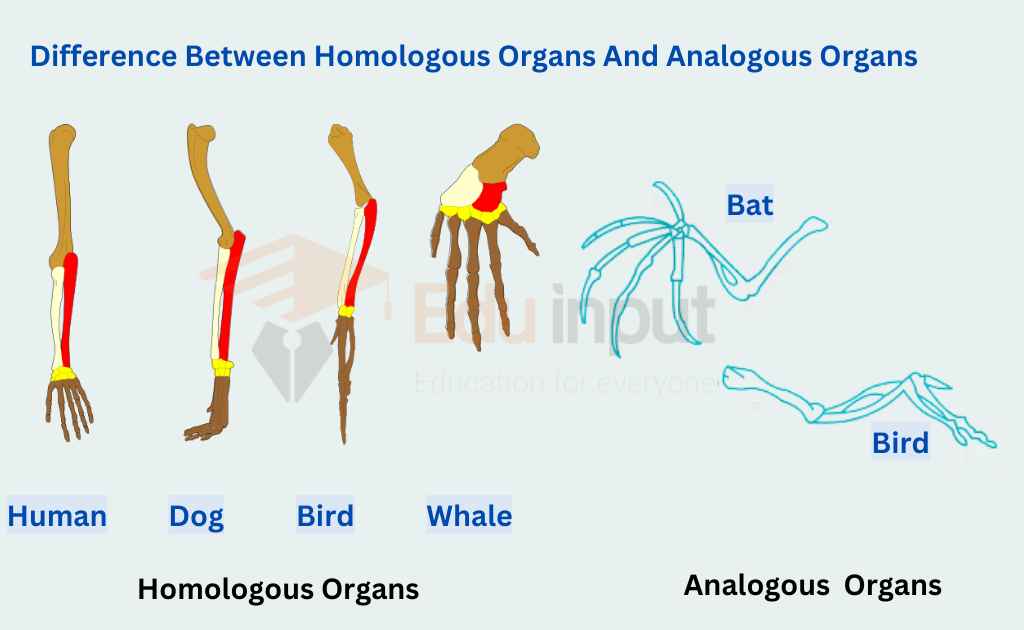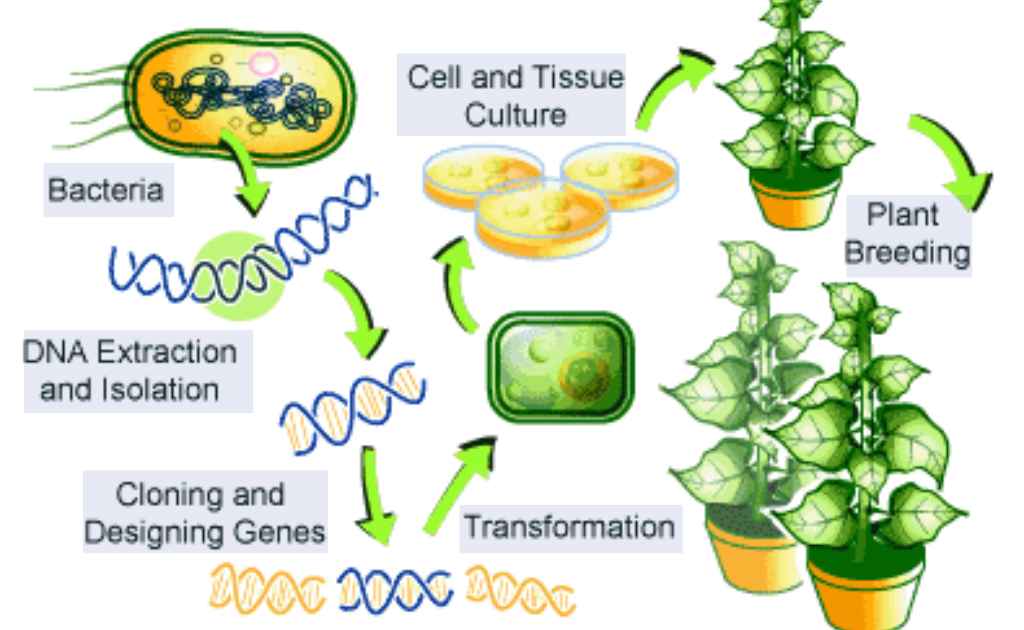Molecular Evolution and Mosaic Evolution-An Overview
Evolution is the change over time of organisms from their ancestral forms into new species. The theory of natural selection states that only those organisms that survive better adapt to their environment. This adaptation leads to changes in the genetic makeup of the organism.
It takes millions of years for evolution to occur. In fact, some scientists believe that the Earth has already gone through at least five major evolutionary periods.
Molecular Evolution
The structures and functions of animals are observable on a large scale, making it possible to study how these features change over time. For example, the shape of a bird’s bill or the length of an animal’s neck can give clues about how the species has evolved.
However, all evolutionary changes are ultimately due to changes in the sequence of base pairs in DNA and amino acids in proteins. Molecular evolutionists use this information to develop relationships among different organisms.
Example of Molecular Evolution
Cytochrome c is a protein that all eukaryotic organisms have in their cellular respiratory pathways. All closely related organisms have very similar cytochrome c molecules because over hundreds of millions of years, there have only been a few changes in the cytochrome c.
This suggests that any mutations in the cytochrome c gene are always detrimental because the mutated organism died and was not fit enough to survive according to natural selection. Cytochrome c has changed very little over such a long time period. There are many reasons why some proteins are more conserved than others.
Cytochrome c, for example, is an evolutionarily stable and highly conserved protein. This means that it does not change much over time, which makes it useful for comparing distantly related organisms. However, less conserved proteins can be useful for looking at relationships among more closely related animals. Therefore, a large number of proteins are compared between any two species.
Gene Duplication
Most of the mutations are not selected. Sometimes, an extra copy of the gene is present. One copy may be modified. But the second copy synthesizes the essential protein. Therefore, the organism survives. Extra genetic material can arise by gene duplication. The accidental duplication of a gene on a chromosome is called gene duplication.
Example of Gene Duplication
Vertebrate hemoglobin and myoglobin both come from the same ancestral molecule. Hemoglobin’s job is to carry oxygen in red blood cells, while myoglobin is responsible for oxygen storage in muscles. However, the gene that codes for this ancestral molecule was duplicated about 1 billion years ago due to a mutation.
This resulted in two new polypeptides, myoglobin and hemoglobin. Duplications of this gene continued to occur over the last 500 million years, which explains why most vertebrates have four different polypeptides that make up their hemoglobin, except primitive fishes.
Mosaic Evolution
A change in a portion of an organism while the basic form of the organism is retained is called mosaic evolution. Rates of evolution can vary both in populations and in molecules and structures. A species is a mosaic of different molecules and structures.
These molecules and structures have evolved at different rates. Some molecules or structures are conserved in evolution. Other molecules change more rapidly.
Example of Mosaic Evolution
All birds share some key features which make them easy to identify, such as feathers, bills, and a certain body form. However, particular parts of birds show more variety and are said to have a higher rate of change.
An example of this can be seen in the wings, which have been modified for activities such as hovering, soaring, and swimming. Similarly, legs have been modified for wading, swimming, and perching. This phenomenon is known as mosaic evolution.







Leave a Reply